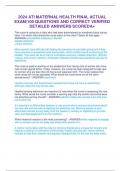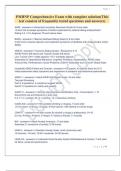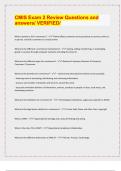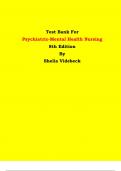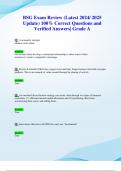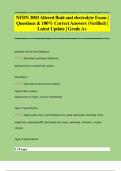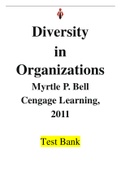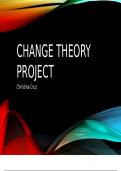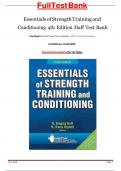Exam (elaborations)
2024 ATI MATERNAL HEALTH FINAL ACTUAL EXAM| 100 QUESTIONS AND CORRECT VERIFIED DETAILED ANSWERS SCOREDA+
- Course
- Institution
2024 ATI MATERNAL HEALTH FINAL ACTUAL EXAM| 100 QUESTIONS AND CORRECT VERIFIED DETAILED ANSWERS SCOREDA+ The nurse is caring for a client who had been administered an anesthetic block during labor. For which risks should the nurse watch in the client? Select all that apply. - ANSWER>>incompl...
[Show more]
